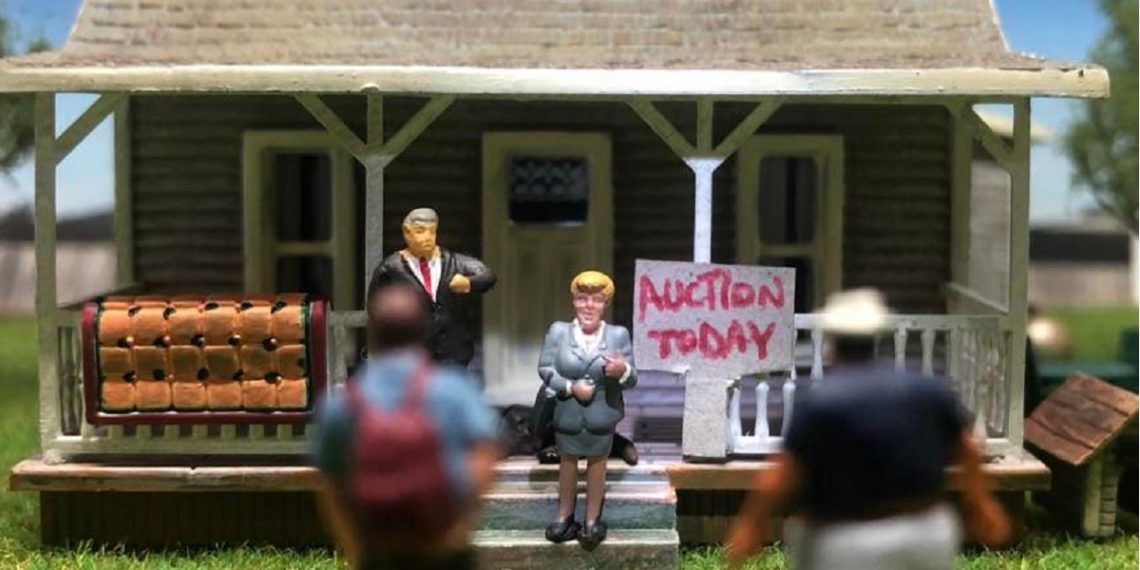If you’ve always wondered how many people can buy a house at such a young age, perhaps you didn’t know that housing loans are always available through financing. From banks or property developers, most of them offer this kind of loan for individuals who happen to want to purchase a property – think of it as a way of helping, but with varying interest rates. Typically, houses and real estate properties are loaned, because a majority of buyers cannot afford to generate funds for them to buy a house on their own. Yes, borrowers are assessed on whether or not they can afford a loan, but it’s always inevitable that they cannot pay the monthly amortization on time, or worse, cannot afford to pay it anymore due to personal circumstances.
When this happens, lenders are obliged to retract titles of properties and do something where they can eventually get their return from such investment. Hence, this is where auctions come about. Most lenders host auctions so they can sell a specific property while providing individuals an affordable way to buy them, of course with lower costs and some even have downsides. Nevertheless, probable buyers and brokers still flock to auctions, regardless of whether a specific property is new or not.
Needless to say, while auctions are a way to sell failed mortgaged properties, there’s still a chance that the lenders will not be able to generate income; there is no guarantee that a property will be sold on the spot, thus leading to properties unsold. However, lenders do not just leave the properties to rot, they still consider other options to be able to finally sell the house. Professional real estate photography can make a significant difference in showcasing the property’s best features and attracting potential buyers.
What are the next steps for the auctioneer?
1. Repricing the house
If the first auction fails, there’s always another chance for the auctioneer to auction the property for the second time. However, this needs repricing already, in a way that it will become more affordable and the price will eventually look good for clients to bargain. Repricing means considering the pricing preferences of the target market and their demographics, creating more opportunities to sell the house at a realistic price, even if it’s not the auctioneer’s expected selling price.
More so, one of the auctioneer’s best strategies is to re-stage the house; renovations and refurbishments can somehow be costly, but making it look better can warp clients into wanting to buy your property. Home selling strategies can help you secure the best possible price.
2. Private Sale
Private sale is an umbrella term for auction house transactions that do not sell on a salesroom floor. Initially, auctioneers tap into brokers and agents, where these individuals can profile clients to boost the probability of sales. For instance, a Home Buyer In Houston might be sought to ensure a quick transaction. Still, agents and brokers must also adhere to the pricing expectation of the auctioneer, but essentially gaining mutual benefit for the auctioneer and the third-party agents as well. Hence, it’s commission-based, and the highest and fastest transaction from agent to client will be granted the sale.
Private sales also offer sellers a layer of discretion that traditional salesroom auctions may not provide. High-value properties or unique estates often require a more tailored approach, where buyers are carefully selected rather than bidding in a public setting. This method ensures a smoother negotiation process, with both parties having the flexibility to discuss terms without the pressure of a live auction. Sellers who prefer confidentiality or wish to avoid market speculation find this route particularly advantageous, as it allows for direct negotiations that align with their preferred terms and timeline.
One of the biggest draws of private sales is the efficiency they bring to the table. Since auctioneers and brokers actively match properties with the most suitable buyers, sellers can access fast home sale options that streamline the entire process. Unlike traditional listings, where properties may sit on the market for months, private sales prioritize speed without sacrificing value. The commission-based structure also drives agents to push for quicker transactions, ensuring that both the buyer and the seller meet their goals with minimal delays.
3. Cooling off period
If all else fails, the last thing that auctioneers do after a failed auction is to wait until the house is good to be sold. It might be that the auction season is not the best time to sell the house, and thus the auctioneer seeks strategies when and where the house could potentially be sold. Therefore, the house can be considered dormant for a while, but in no time it can be sold at the perfect place and time – talk about the best timing.
While auctions are good for selling a house, it has their underlying consequences. Yet, if a house isn’t sold at an auction, it’s never an end-game for auctioneers; they still think of ways of how the property can be sold, whether it’s about pricing, private selling, or timing. Nevertheless, there’s a very low chance that a house cannot be sold after failing to generate sales from the initial bidding.


